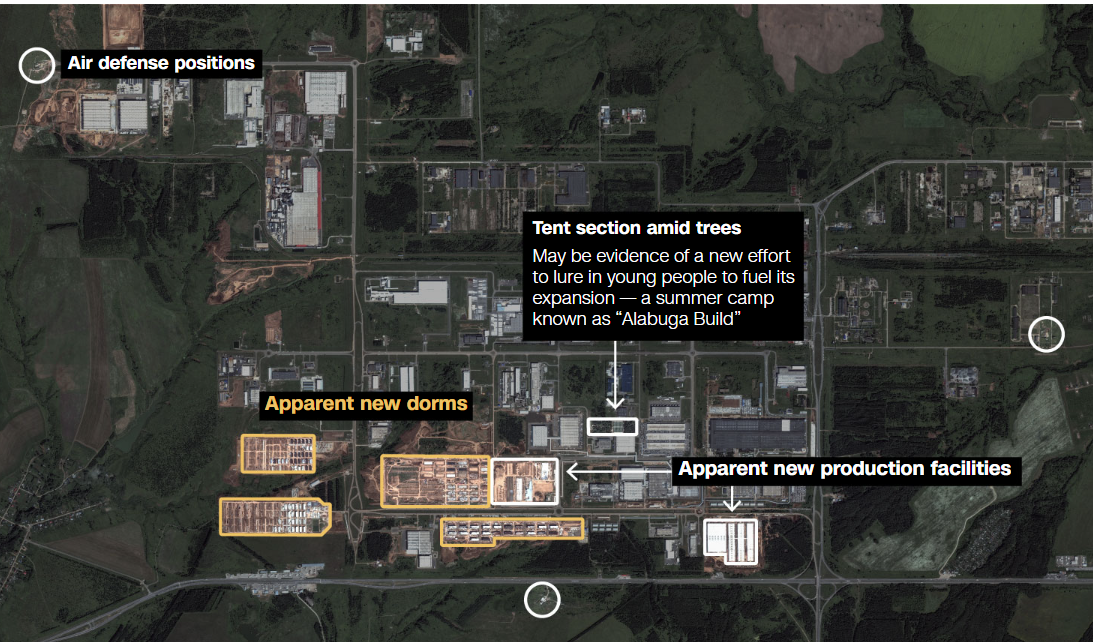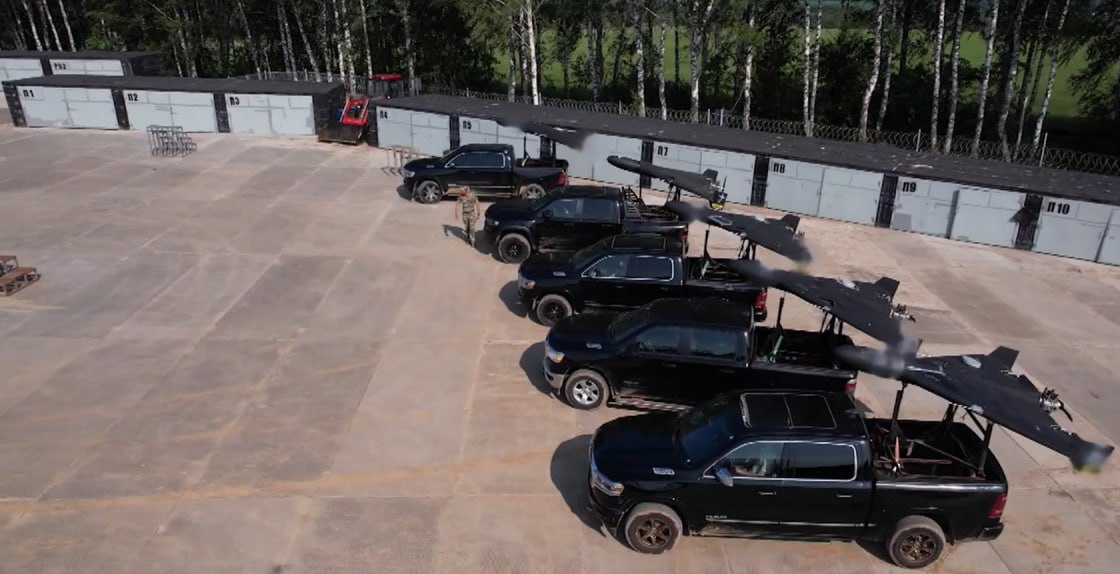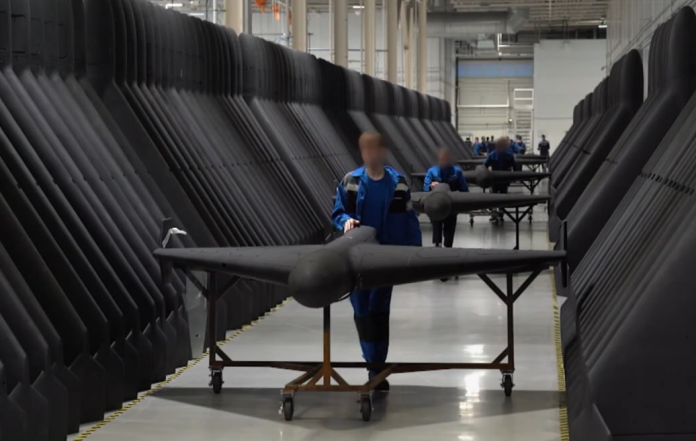In a stark address to European military leaders at the LANDEURO conference in Wiesbaden, Commander of Ukraine’s Unmanned Systems Forces, Major Robert “Magyar” Brovdi, delivered a chilling assessment that Russia’s “Geran” drones emerged as the Kremlin’s most potent weapon.
Brovdi declared that Russia’s President Vladimir Putin “found a convenient, cheap, and effective weapon” to destroy Ukraine’s infrastructure. His warning underscored a grim reality: despite the fact that most Russian drones are shot down, some reach their targets due to Ukraine’s depleted air defence system.
Magyar implied that Europe had entered an era of drone warfare. According to him, he currently commands 12 unmanned systems units, which account for only 2% of the entire Ukrainian army.
Alabuga expansion: satellite evidence of drone juggernaut
Satellite imagery obtained by CNN in July reveals explosive growth at Russia’s primary drone manufacturing hub in Alabuga, Tatarstan. Since February 2025, the sprawling complex added at least 104 rectangular dormitories—up from just 15—capable of housing up to 40,000 workers.

Simultaneously, eight new production halls have risen, with another under construction. Intelligence now assesses that Alabuga alone aims to produce 8,000–10,000 drones this year, alongside 1,500 decoy drones.
This expansion aligns with Ukraine’s reports of record attacks, including a single-night salvo of 728 UAVs and decoys on 9 July.

David Albright, a former UN weapons inspector and head of the Institute for Science and International Security (ISIS), a US-based think tank that has been tracking Alabuga’s expansion since 2022, told CNN that the decision by the Russian leadership to openly showcase a drone manufacturing plant shows that “the Russian authorities are feeling more confident about their ability to make drones.”
I think it represents that Russia’s government is committed to increases in production there, [and] long-term contracts… [that say] we’ll buy whatever you produce.
Alabuga began manufacturing these drones in 2023 and now also produces cheaper versions designed to be used as decoys, known as Gerbera.
Increased strikes amid Ukraine’s depleted air defences
The plant had already begun to expand when Russian drone attacks on Ukraine began to intensify in August last year. However, recent satellite images show even faster growth over the past few months, as the number of drone strikes on Ukraine has reached record levels.
Ukrainian engineers examining wreckage also report experimental use of artificial intelligence for navigation, potentially allowing drones to operate without satellite signals. While contested by some experts, such systems could mirror the optical terrain-matching of cruise missiles, making jamming futile.
Ukraine’s air defence mathematics now dictates tactics. Ballistic missiles like Russia’s Kh-47M2 Kinzhal (Dagger) require two costly PAC-3 Patriot interceptors per target. With Russia stockpiling 500 such missiles and producing 200–250 monthly, Ukraine’s pleas for ten additional Patriot batteries grow desperate.
Russia’s claimed output of 5,000 “Geran” drones monthly, if sustained, could enable 1,000-drone daily strikes, a threshold Commander Brovdi deems imminent.
